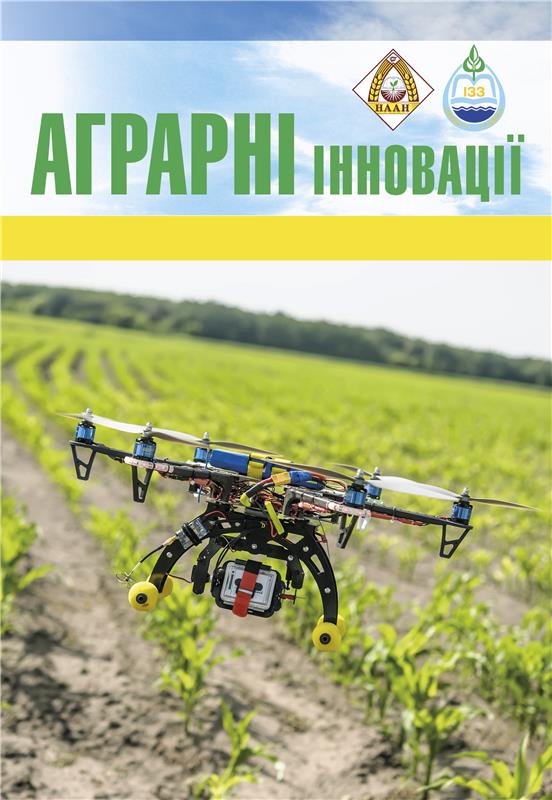ORGANIZATIONAL STRUCTURE OF MANAGEMENT IN SMALL AGRICULTURAL ENTERPRISES
Abstract
Uncertainty in management and resource distribution, delays in decision-making processes, and inefficient use of labor can hinder the development of small enterprises. The purpose of the research is to study the features of organizing management structures in small agricultural enter-prises, analyze their impact on enterprise performance, and identify ways to organize these structures more effectively.Research results. The organizational structure of small agricultural enterprises is simple and flexible. The main decisions are made by the owner or the chief manager of the enterprise. Operational management is carried out on a daily basis by an operations manager. Production teams are responsible for planting and harvesting, while financial control ensures balance between income and expenses.Marketing and sales activities focus on presenting products to the market. This structure allows for quick decision-making and flexible management in small enterprises. Conclusion.Effective management structures also address resource management, which is a critical concern in small agricultural enterprises. These businesses must carefully allocate limited resources, such as land, labor, and capital, to maximize productivity. A well-organized management structure allows for better coordination and more efficient use of resources.Additionally, in small agricultural businesses, marketing and sales are essential components of the business’s success.An efficient management structure will clearly define roles in marketing, customer relations, and sales operations.The flexibility of organizational structure in small agricultural enterprises is also important. These businesses must be able to adapt quickly to changes in market conditions, technological advancements, and regulatory requirements.To optimize organizational structures in small agricultural enterprises, it is essential to regularly assess and refine them based on the evolving needs of the business.
References
2. Mirzayev Natig. Green Economy and Development of Innovative Entrepreneurship in Azerbaijan. Priority areas for ensuring sustainable economic growth of the region: Collection of scientific articles of the International scientific and practical conference, (Urgench, Uzbekistan, December 18-19, 2024). Urgench, Uzbekistan, 2024. Volume 3. Р. 244-247.
3. Koutsou S., Grigoroudis E. Decision-making in small agricultural enterprises: Insights from the Greek farming sector. Agricultural Systems. 2016. № 148. Р. 99-110.
4. Liu M., Zhang Q. Resource management and labor allocation in small-scale farms. Small Business Economics. 2019. № 53(4). Р. 1149-1163.
5. Hall J., Williams T. The role of family dynamics in the management of small agricultural enterprises. International Journal of Agricultural Management. 2021. № 9(3). Р. 245-258.
6. Berg A., Renwick P. Strategic management in small agricultural businesses: The importance of leadership and governance. Agribusiness: An International Journal. 2015. № 31(6). Р. 601-612.






